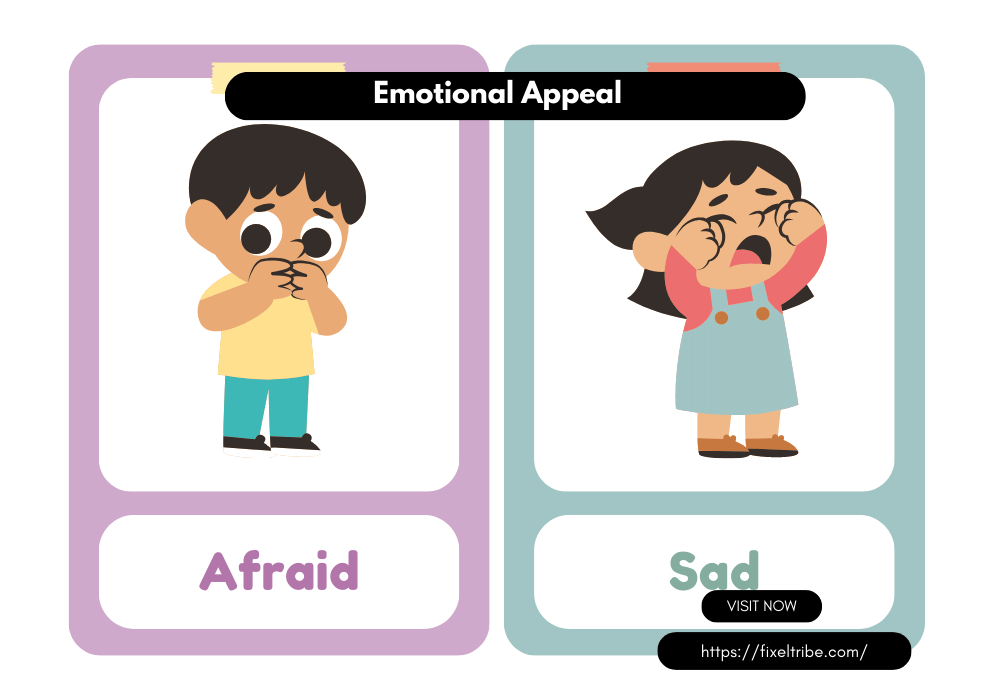In today’s digital age, crafting compelling product descriptions is essential for businesses. A well-written product description can make the difference between a sale and a missed opportunity. To create product descriptions that not only engage your audience but also rank well on search engines, you need to pay attention to several key elements.
Keyword research is a fundamental step in crafting product descriptions that not only inform but also attract your target audience. Here’s how to effectively conduct keyword research and use clear and concise language in your product descriptions: You will find What should a product description include by reading this article:
Keyword Research:
Begin your research by identifying relevant and high-traffic keywords related to your product. You can use tools like Google Keyword Planner, SEMrush, or Ahrefs to discover these keywords. Pay attention to long-tail keywords as they often have less competition and can be more specific to your product.
Competitor Analysis:
Analyze your competitors’ product descriptions to see which keywords they are targeting. This can offer insightful information about what is effective in your sector.
User Intent:
Consider the intent behind the keywords. Are users looking for information, making a purchase decision, or seeking reviews? Tailor your descriptions to match the intent behind the keywords you choose.
Natural Integration: (is the most organic tip What should a product description include)
Once you have your keywords, naturally integrate them into your product description. Using too many keywords can destroy your SEO efforts. Instead, focus on creating high-quality, informative content that incorporates your chosen keywords in a way that reads naturally.
Clear and Concise Language:
When describing your product, use clear and concise language. Explain its features, benefits, and uses in a way that anyone can understand. Avoid industry jargon and technical terms unless your target audience is well-versed in them.
By following these guidelines, you can optimize your product descriptions for both search engines and human readers, increasing the chances of attracting potential customers and driving conversions.
To create a compelling product description that grabs your audience’s attention and drives sales, you should focus on four key elements: Unique Selling Points (USPs), Emotional Appeal, Storytelling, and Formatting.
Unique Selling Points (USPs): Highlight what makes your product stand out from the competition. Emphasize its unique features, benefits, or qualities that set it apart. Clear communication of USPs is crucial for attracting potential customers. Your USPs should answer the question, “Why should they choose your product?”
Emotional Appeal: Appeal to your audience’s feelings. Describe how your product can solve a problem, fulfill a desire, or improve their lives. Connect with their aspirations and needs. Use language that resonates with their emotions and shows them the positive impact your product can have.

Storytelling: Incorporate storytelling elements into your product description. Share anecdotes, success stories, or real-life scenarios related to the product. This creates a more engaging and relatable narrative. Stories can help customers envision how your product fits into their lives.
Formatting: Ensure your product description is easy to read and navigate. To list important characteristics and advantages, use bullet points. Employ short paragraphs to improve readability. Many users skim product descriptions, so make it easy for them to find the information they need. Subheadings can also break up the text and guide readers to relevant sections.
By combining these elements, you can create a product description that not only informs but also persuades and resonates with your target audience. Remember, a well-crafted product description can be a powerful tool for converting potential customers into buyers. Use clear and concise language, incorporate storytelling, and highlight your product’s unique selling points to create a compelling description that drives sales.
For more insights on crafting effective Unique Selling Points (USPs) and enhancing your product descriptions, you can refer to the provided sources on USPs and marketing strategies.
Creating effective product descriptions is essential for capturing your audience’s attention and driving conversions. Here are some key elements to consider when crafting compelling product descriptions:
High-Quality Images: Incorporate high-quality images of the product from various angles. Visuals are crucial for online shoppers as they help potential buyers get a clear and detailed view of what they are considering. Ensure the images are well-lit and showcase the product’s key features.
Customer Reviews: If applicable, showcase customer reviews and testimonials. Social proof can significantly boost confidence in your product. Real-life experiences from other customers provide credibility and help potential buyers trust your product.
Call to Action (CTA): End your description with a compelling call to action. Encourage the reader to take the next step, whether it’s making a purchase, subscribing, or contacting you for more information. A well-crafted CTA guides the customer’s journey and prompts them to act.
By integrating these elements into your product descriptions, you can create engaging and persuasive content that not only informs but also converts visitors into customers. Remember to balance SEO optimization with engaging storytelling to captivate your audience effectively.
For additional insights and examples of effective product pages and SEO optimization, you can explore the provided sources. These resources offer valuable tips and strategies to enhance your product descriptions and overall online shopping experience.
How to Write Persuasive Product Descriptions” and “What to Write in a Product Description”
Writing persuasive product descriptions is crucial for capturing the attention of potential customers and convincing them to make a purchase. Start with comprehending your target market’s needs in order to write attractive product descriptions. Use language that resonates with them and addresses the specific problems your product solves. Highlight the unique selling points (USPs) of your product—what sets it apart from the competition—and communicate these clearly.
To emote your audience, incorporate tale aspects. Share anecdotes or success stories related to the product, creating a more personal connection. Additionally, ensure that your descriptions are concise and free from jargon, making them accessible to a broader audience. for more details check out The Power of Storytelling and 10 Essential Tips for Effective Content Creation.
In terms of what to include in a product description, it’s essential to provide comprehensive details about the product’s features, specifications, and benefits. High-quality images from various angles are crucial for online shoppers to visualize the product. If applicable, showcase customer reviews and testimonials as social proof, building trust and confidence in your product. End your description with a compelling call to action (CTA), encouraging readers to take the next step, whether it’s making a purchase, subscribing, or contacting you for more information. Striking a balance between engaging storytelling and SEO optimization is key to creating product descriptions that not only inform but also persuade and convert potential customers.
Conclusion
A well-crafted product description plays a pivotal role in the success of any product in the online marketplace. It serves as a virtual salesperson, providing potential customers with valuable information while enticing them to make a purchase. The key takeaways from various sources on what a product description should include are as follows:
1. Clarity and Detail: Product descriptions should be clear, concise, and detailed. They should offer a comprehensive understanding of the product’s features, specifications, and benefits. Potential customers should have a vivid picture of what they are considering.
2. Unique Selling Points (USPs): Highlight the unique selling points of the product. What sets it apart from the competition? Communicate these USPs clearly to demonstrate the product’s value.
3. Emotional Appeal: Tap into the emotions of your audience. Describe how the product can solve a problem, fulfill a desire, or enhance their lives. Connect with their aspirations and needs to create a deeper connection.
4. Storytelling: Incorporate storytelling elements into your product description. Share anecdotes or success stories related to the product. This creates a more engaging narrative that resonates with potential customers.
5. High-Quality Images: Include high-quality images of the product from various angles. Visuals are crucial for online shoppers as they help in making informed decisions.
6. Customer Reviews: If applicable, showcase customer reviews and testimonials. Social proof can significantly boost confidence in your product, as real experiences from other customers provide credibility.
7. Call to Action (CTA): End your description with a compelling call to action. Encourage the reader to take the next step, whether it’s making a purchase, subscribing, or contacting you for more information.
By incorporating these elements into your product descriptions, you can create content that informs, persuades, and converts potential customers. Striking a balance between SEO optimization and engaging storytelling is crucial to captivate your audience effectively.
FAQs
What is the importance of SEO optimization in product descriptions?
SEO optimization in product descriptions is crucial because it helps your products get discovered by potential customers online. By including relevant keywords and phrases in your product descriptions, you increase the likelihood of your products appearing in search engine results. This means more organic traffic to your product pages, which can lead to higher sales and visibility. SEO-friendly product descriptions also improve the user experience by providing clear and concise information that aligns with what users are searching for.
How can I write SEO-friendly product descriptions?
To write SEO-friendly product descriptions, start by conducting keyword research to identify the most relevant and high-traffic keywords related to your product. Incorporate these keywords naturally into your descriptions. Additionally, use clear and concise language to describe your product’s features, benefits, and uses. Stay away from technical phrases and jargon that your readers might not comprehend. Structuring your descriptions with bullet points, subheadings, and short paragraphs improves readability, as many users skim product descriptions. Finally, consider showcasing customer reviews and testimonials, which provide valuable social proof and contribute to SEO optimization.
Are there any SEO best practices for e-commerce product pages?
Yes, there are several SEO best practices for e-commerce product pages. Ensure that each product has a unique and descriptive title and meta description that includes relevant keywords. Optimize your product images with descriptive alt text and high-quality visuals. To improve your product listings in search results, use schema markup. Don’t forget to create a user-friendly URL structure that includes product names. Regularly update and refresh product descriptions to keep them relevant and engaging. Lastly, monitor your website’s performance and conduct regular SEO audits to identify and address any issues that may affect your e-commerce SEO efforts.


I loved the quality of work here. The design is tasteful, and your written content is stylish. However, there’s a certain tension that makes me think you’re trying to over-deliver. I’ll definitely be back to see more.